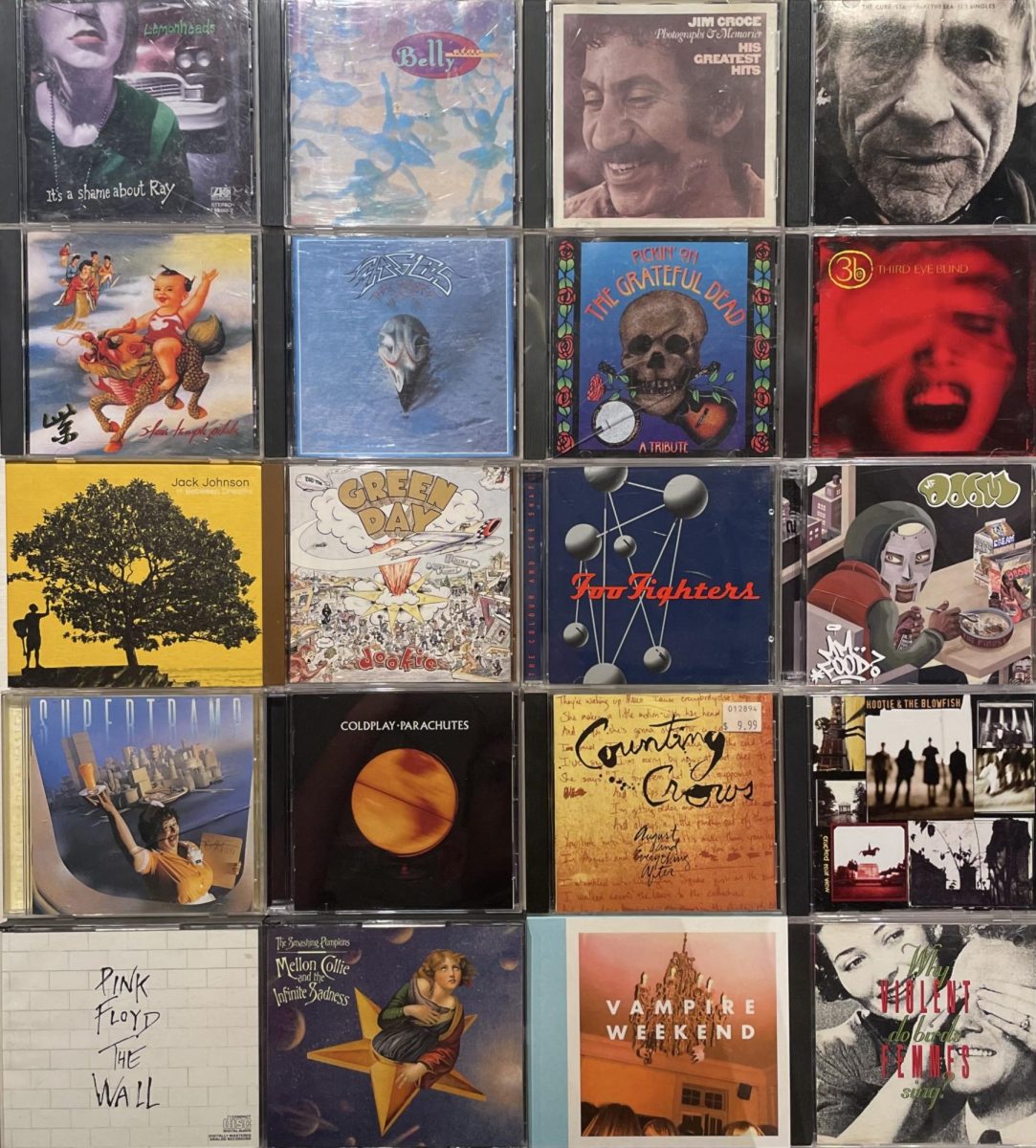Being one of the most prominent aspects of life in all of history, music has evolved immensely over time. Rising in popularity in the mid-1900s, the concept of a music album rose steadily in popularity. Whether by cassette, vinyl or CD, albums were becoming more and more in demand. In order to stir discussion and excitement for their albums, artists’ marketing prior to the release were almost as crucial to its success as the quality of the album itself. These album rollouts, along with the music contained in the albums, have changed extraordinarily due to different cultural influences and the development of advanced technology as time has passed.
Before the age of digital music, album rollouts looked much different than how they do today. Rather than fans simply checking their Spotify or Apple Music accounts, listeners would line up outside of stores to buy copies of their favorite artists’ new music. Along with the shift in form of the albums, the release day commonly followed by artists changed as well. Up until the 2010s, albums in the United States were released on Tuesdays in order to allow shipping of physical copies to arrive at all stores in time. This album release day varied from country to country, leaving some listeners in certain areas getting the music days before or after those in other areas. This unfair release pattern, alongside the growth in digital media rather than physical, led to Friday becoming the new standard for music release worldwide in 2015.
Ruben Falcon (12) finds Friday to be a better day to release music than Tuesday.
“I think that Fridays are a better day than Tuesday to release music so that I can listen to the album during the upcoming weekend,” Falcon said.
Album rollouts can vary greatly in length, with some being only a short time before the release and others spanning over years. Travis Scott’s most recent release was initially teased in 2020, with Scott simply posting the word “Utopia” on his social media. This rollout continued with various artists featured on the album such as Bad Bunny and SZA being spotted holding a Utopia-labeled briefcase, leading to the albums final release in the summer of 2023.
Andy Metz (10) thinks that artists such as Scott releasing their albums in creative ways is great for building hype around the project.
“Making fans post about what they think about the teasers is a great way to build discussion over the artist, especially if the artist has not posted music in a while,” Metz said.
While some artists rely on a long wait to build suspense, others simply stir talk about the project based on pure spectacle. Kanye West’s “Yeezus” album was introduced with a music video of one of the project’s songs being broadcasted onto buildings in cities across the world ranging from New York City to Berlin. Some artists even create entirely new personas for their upcoming projects in order to establish a sense of realism surrounding the album, creating its own world. In preparation for his upcoming album “After Hours,” The Weeknd appeared in full face bandaging, telling a story throughout music videos of his birth into the new character.
Andrew Byars (12) thinks that while album rollouts are a nice way to build hype around an album, the release of the album can sometimes take too long.
“I think that the way a lot of artists don’t release music when they say that they will is annoying. It disappoints me when I get excited for it and the album doesn’t drop for a while,” Byars said.









